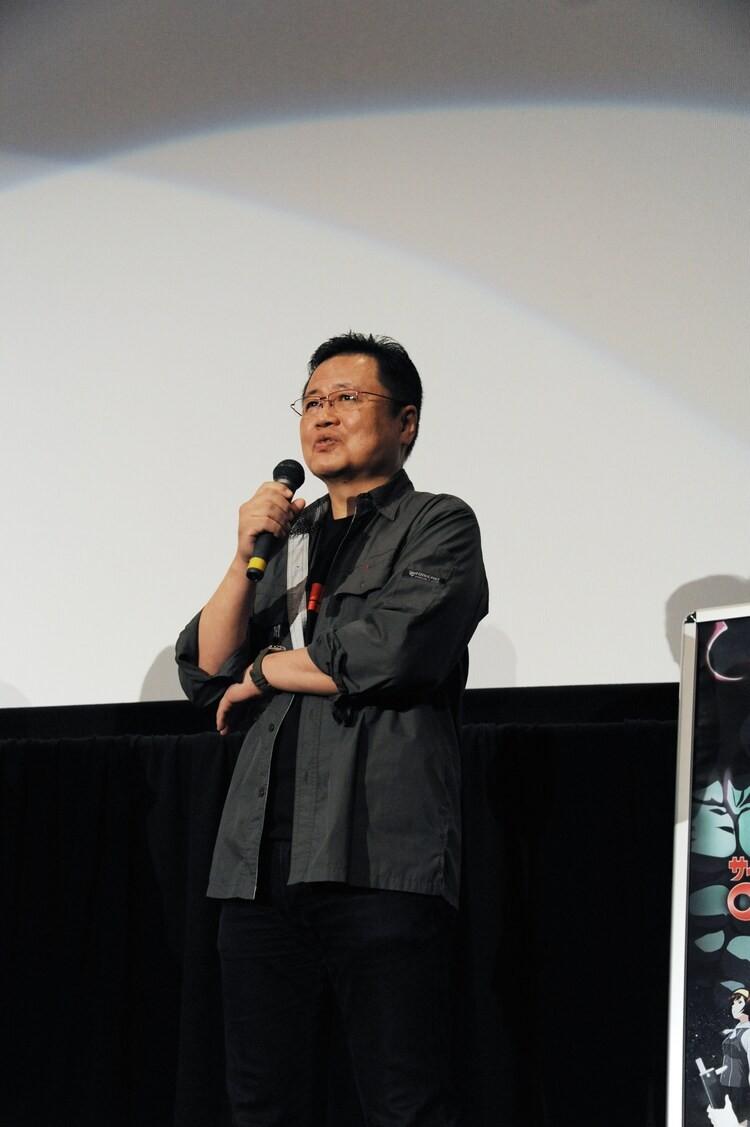
Mecha Personnel Profile: Jun Kawagoe – The Crowd-pleaser King of Mecha reboots
What do these four legendary authors, Shotaro Ishinomori, Takashi Yanase, Ken Ishikawa, and Go Nagai, have in common? Did they all create classic Japanese superheroes? They all left a big mark on Japanese pop culture. No, the biggest thing they have in common is that they all had Jun Kawagoe direct many anime reboots based on their works.

I. Background:
Director, animator and storyboard artist Jun Kawagoe was born on December 24th, 1957, in Chiba Prefecture. Kawagoe’s childhood years shaped his passion for animation and movies. In his own words, Jun Kawagoe grew up with “passionate works” like Cyborg 009, Devilman, and Getter Robo and loved them. He had been making independent films in 8mm since middle school and even made action films based on Kamen Rider, one of Kawagoe’s favourite series. When he entered high school, Jun Kawagoe started watching many serious movies. He was fascinated by movies and learned a lot from difficult films such as ATG’s works (Art Theatre Guild, a Japanese film production and distribution company that began operations in 1961, releasing mostly Japanese New Wave and art films).
Director, animator and storyboard artist Jun Kawagoe was born on December 24th, 1957, in Chiba Prefecture. Kawagoe’s childhood years shaped his passion for animation and movies. In his own words, Jun Kawagoe grew up with “passionate works” like Cyborg 009, Devilman, and Getter Robo and loved them. He had been making independent films in 8mm since middle school and even made action films based on Kamen Rider, one of Kawagoe’s favourite series. When he entered high school, Jun Kawagoe started watching many serious movies. He was fascinated by movies and learned a lot from difficult films such as ATG’s works (Art Theatre Guild, a Japanese film production and distribution company that began operations in 1961, releasing mostly Japanese New Wave and art films).

II. Notable Works:
Jun Kawagoe has been an animator since he was 19 years old. The works he participated in at the beginning of his career included light series for young children such as Doraemon, Little Maruko, and Anpanman, as well as action-adventure series such as “Danguard Ace”, “Barattack”, Lupine the Third, Cyborg 009, Space Cobra, etc. Among the above series, Anpanman is probably the series most closely associated with Kawagoe’s name – more than 30 years of involvement, 5 films directed by him and countless other films with his participation. (For those who don’t know, Anpanman is a Japanese children’s superhero picture book series written by Takashi Yanase, published from 1973 until the author died in 2013. The series has been adapted into an anime called “Soreike! Anpanman”, which is one of the most popular anime series among young children in Japan. The series is the inspiration for One’s manga “One-Punch Man” and the song “Anpanman” by BTS.)
One of the big turning points in Jun Kawagoe’s career was when he became the reluctant director of the OVA “Getter Robo Armageddon” (1998), after director Yasuhiro Imagawa disagreed with the animation crew and left the project immediately after episode 3. Although he was brought in quite suddenly, he not only wrapped up what was left behind completely but also helped create one of the classic and extremely successful Mecha anime series. Thanks to this success, he became director of the remaining two Getter Robo OVAs, “Shin Getter Robo vs Neo Getter Robo” (2000) and “New Getter Robo” (2004), as well as many anime series based on other Dynamic Pro works. Like “Koutetsushin Jeeg” (2007), “Mazinkaizer SKL” (2010), “Cyborg 009 vs. Devilman” (2015). Most recently, Jun Kawagoe directed the anime adaptation of “Getter Robo Arc” (2021). In addition to Dynamic Pro’s works, Jun Kawagoe also directed a number of other Mecha and action anime series, such as “Transformers: SuperLink” (2004), “Super Robot Taisen: Original Generation The Animation” (2005) and “Cyborg 009: The Cyborg Soldier” (2001).
Jun Kawagoe, in my opinion, does not have a unique or profound directorial style but knows what the audience wants to see and delivers exactly that. As he answered in an interview for “Getter Robo Arc”, “As I stripped it down, I returned to the simple things, and realized that I like “entertainment”, Mecha anime he directed is highly entertaining, with many explosive fight scenes and humorous situations.
Quoting Youtuber CheeseGX in the video “Believe In Getter – A Complete Retrospective on Getter Robo and The Legacy of Ken Ishikawa”, Jun Kawagoe “has Getter Robo’s action sequences down to his science”. With his love for movies, especially action movies, the fight scenes choreographed by Jun Kawagoe are very hype and leave many impressions, thanks to creative storyboards, as well as reasonable timing and spacing to create a feeling of fast, strong or slow, heavy for robots. Fans of the Super Robot subgenre perhaps has replayed countless times the Stoner Sunshine scene in “Getter Robo: Armageddon”, the Double Jeeg scene in “Kotetsushin Jeeg” or the entire “Mazinkaiser SKL” to get goosebumps from the hype of these scenes.
Although focusing on entertainment elements, anime directed by Jun Kawagoe still has a certain depth of plot and characters. Those anime still have inspirational messages, well-developed characters, and especially quiet emotional scenes without being too over the top, like in “New Getter Robo” and “Kotetsushin Jeeg ”. Above all, director Kawagoe has a deep understanding of each source material he makes an anime based on. The best example is “New Getter Robo” – the adaptation that, in my opinion, most fully shows the beautiful aspects of the three characters Ryoma, Hayato and Benkei, while also conveying the themes and messages of tGetter Robo manga.
Regardless of what you think about the Mecha anime series he directed, it’s undeniable that Jun Kawagoe has created many iconic Super Robot action sequences. Additionally, growing up with a love for Japanese superheroes and directing films based on those characters is a truly inspirational story about following your dream and passion. I wish director Jun Kawagoe success with his future projects, and I hope he will return to direct Mecha anime someday.
III. Gallery:






See Also:

A machine fitting for the queen of Neo Zeon. The Qubeley is a special machine made for a special pilot. Its funnel dominate the battlefield.
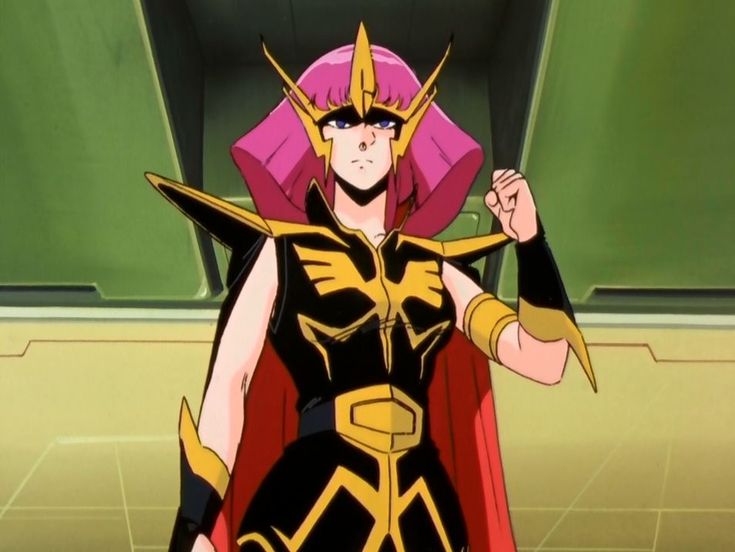
The queen of Neo Zeon, Haman Karn is a charismatic and talented leader, commanding the entire Axis herself. But deep underneath, she possesses a pure soul like any other girl.

Power overwhelming! One of the main Gundam with the highest firepower pre CCA. The ZZ Gundam is an all-in-one combiner that was pivotal in the war against the Neo Zeon.
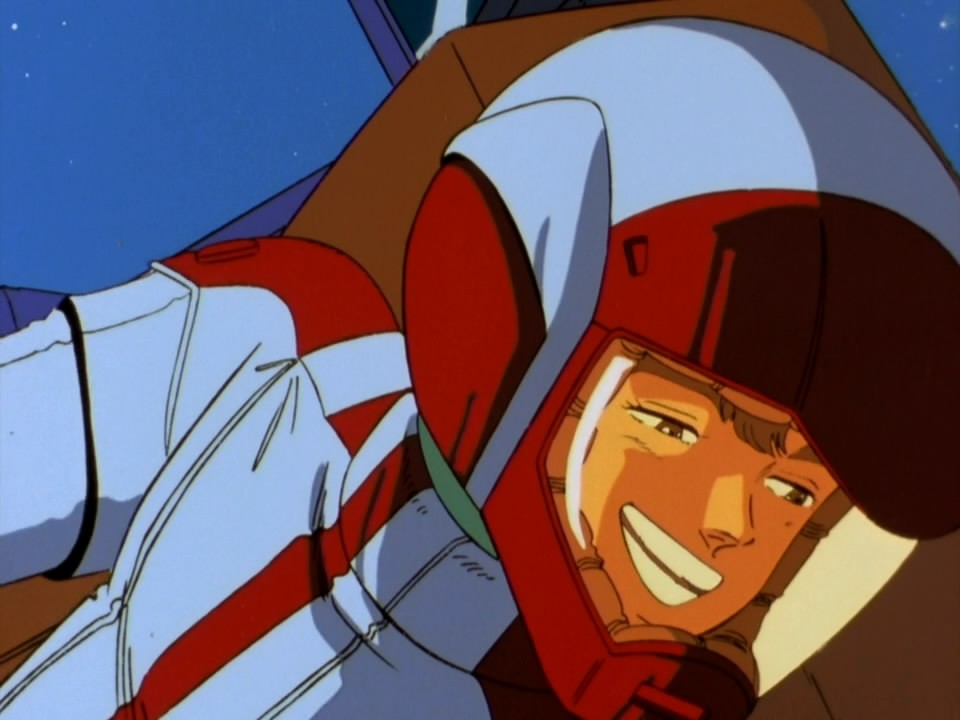
A refreshing protagonist in the war-torn era of UC, Judau Ashta bring the levity to the Gundam franchise. But when on the spot, he can pull his own weight and then some.
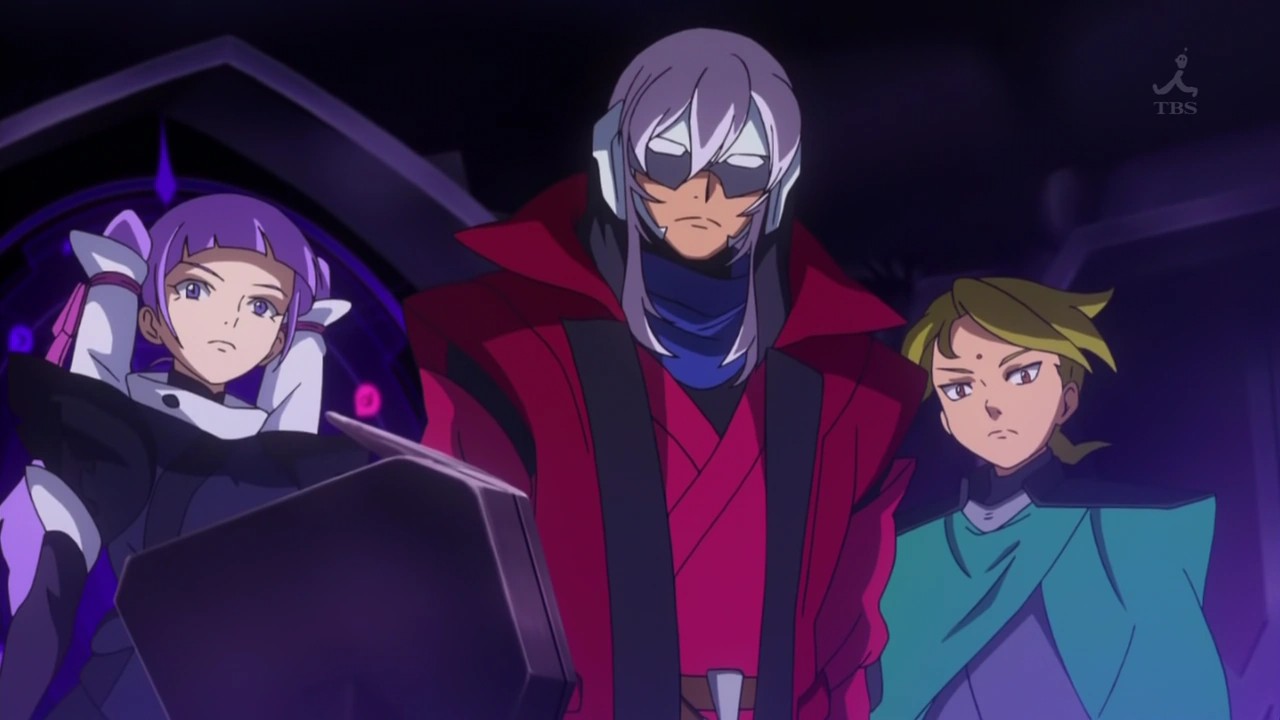
The stoic and talented commander of the Vagan Force. Zeheart leads his people in the war against the Federation, serving the ultimate ideal of Lord Ezelcant. But deep down, he cares about his loved ones.
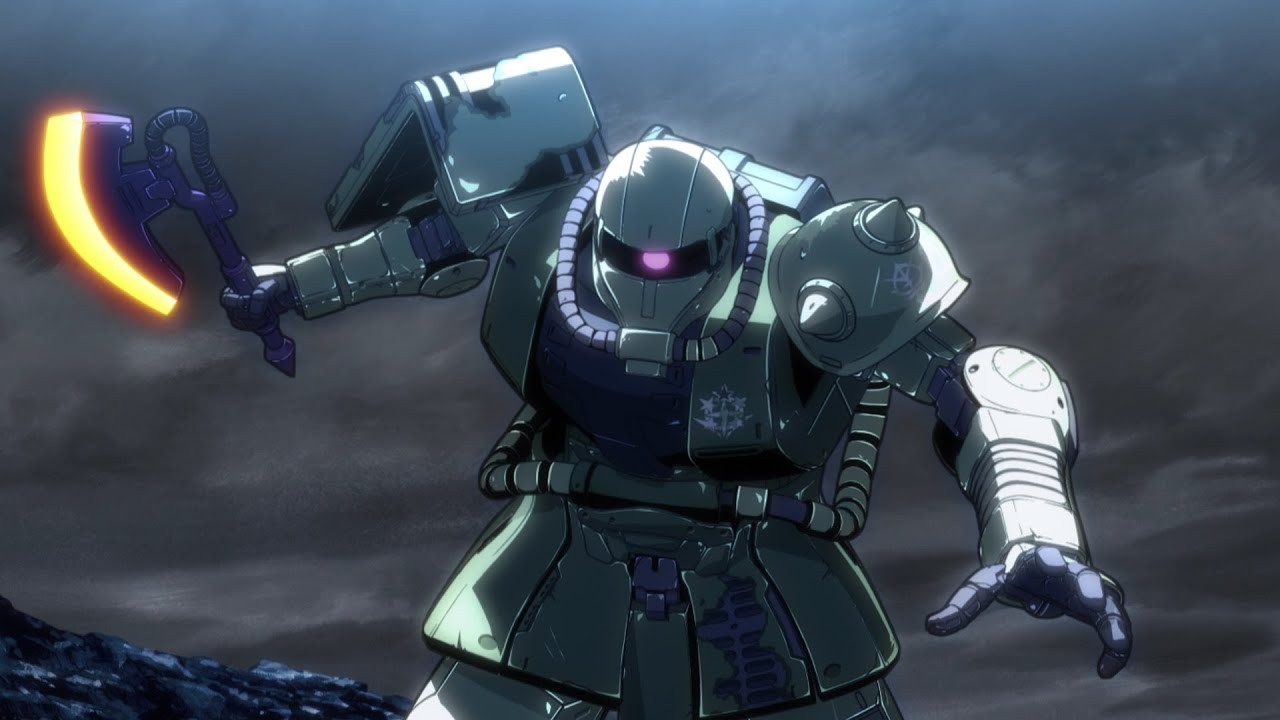
The backbone of the Principality of Zeon in the One Year War. The Zaku is not a super prototype, but its reliable performance has brought Zeon many victories – especially when Char Aznable pilot it.
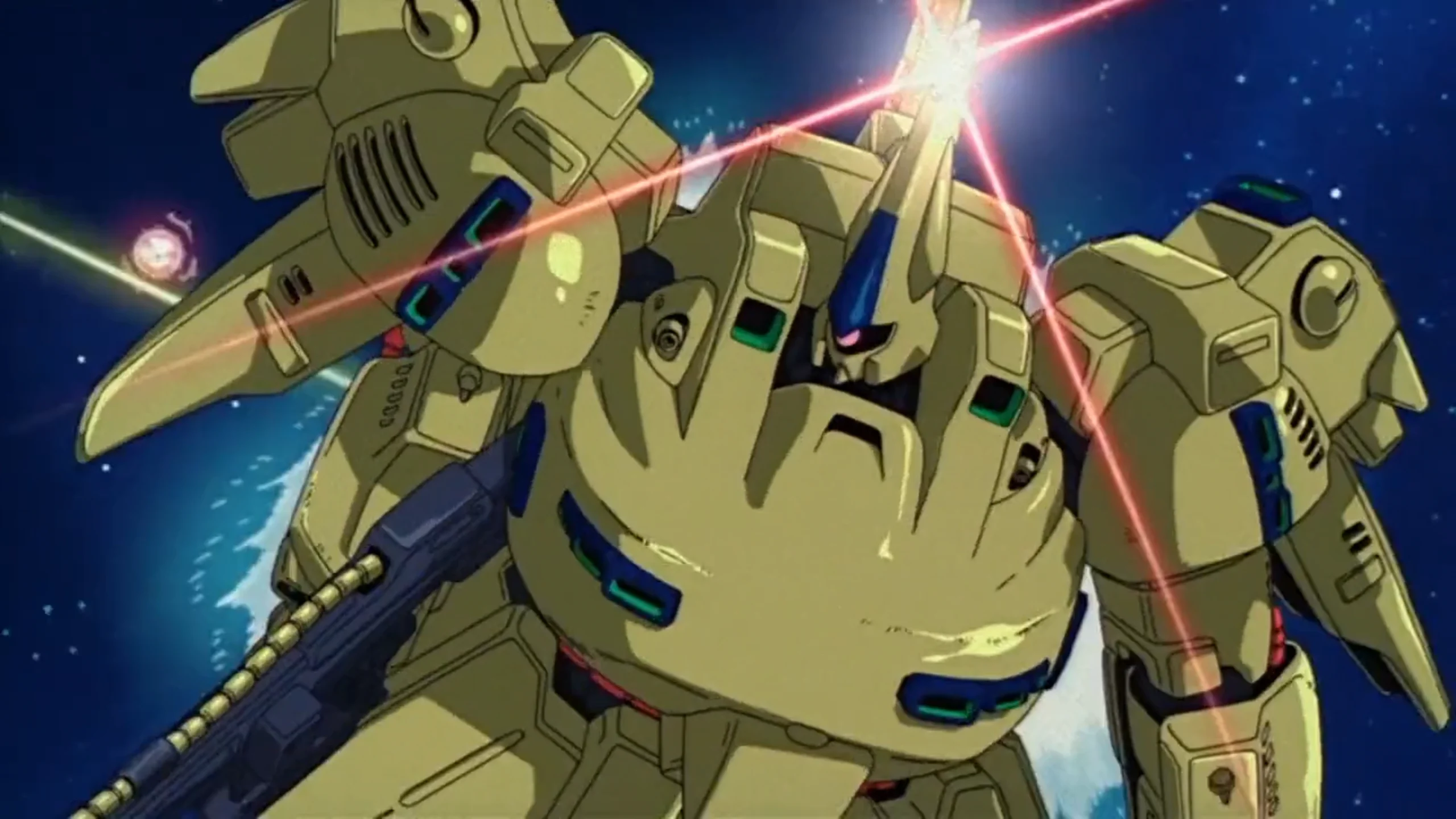
One of the most chonky bois to ever appear on screen. Piloted by the nefarious Scirocco, The-O is an impressive MS that is more agile than it looks.
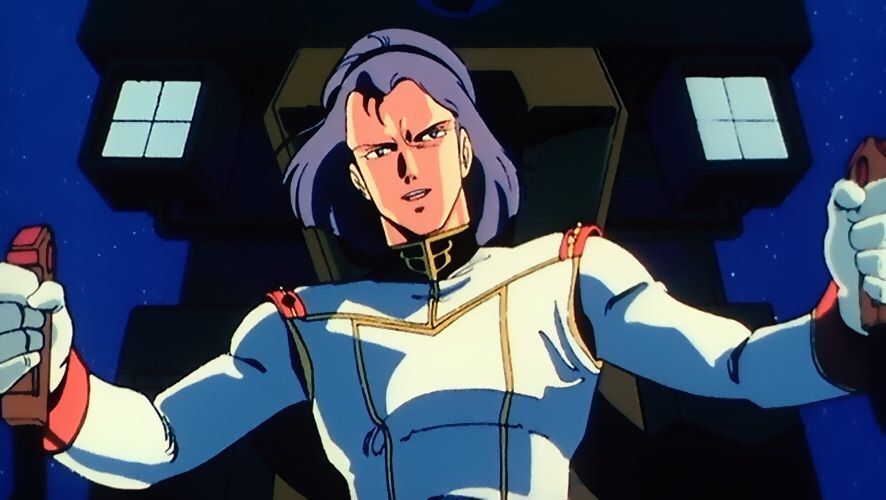
A mysterious and charismatic man from Jupiter that almost plunge the Earth and the Spacenoids into chaos. Paptimus Scirocco is literally a force to be reckon with.

One of the strongest Newtype pilot of Universal Century, Kamille Bidan wiped out the fearsome Titans with the Gundams because they disrespected his name.

The ultimate evolution of the Age Gundams. The Age-FX can bring an X-Rounder’s ability to their maximum potential, featuring funnels that can wipe out fleets of enemy.
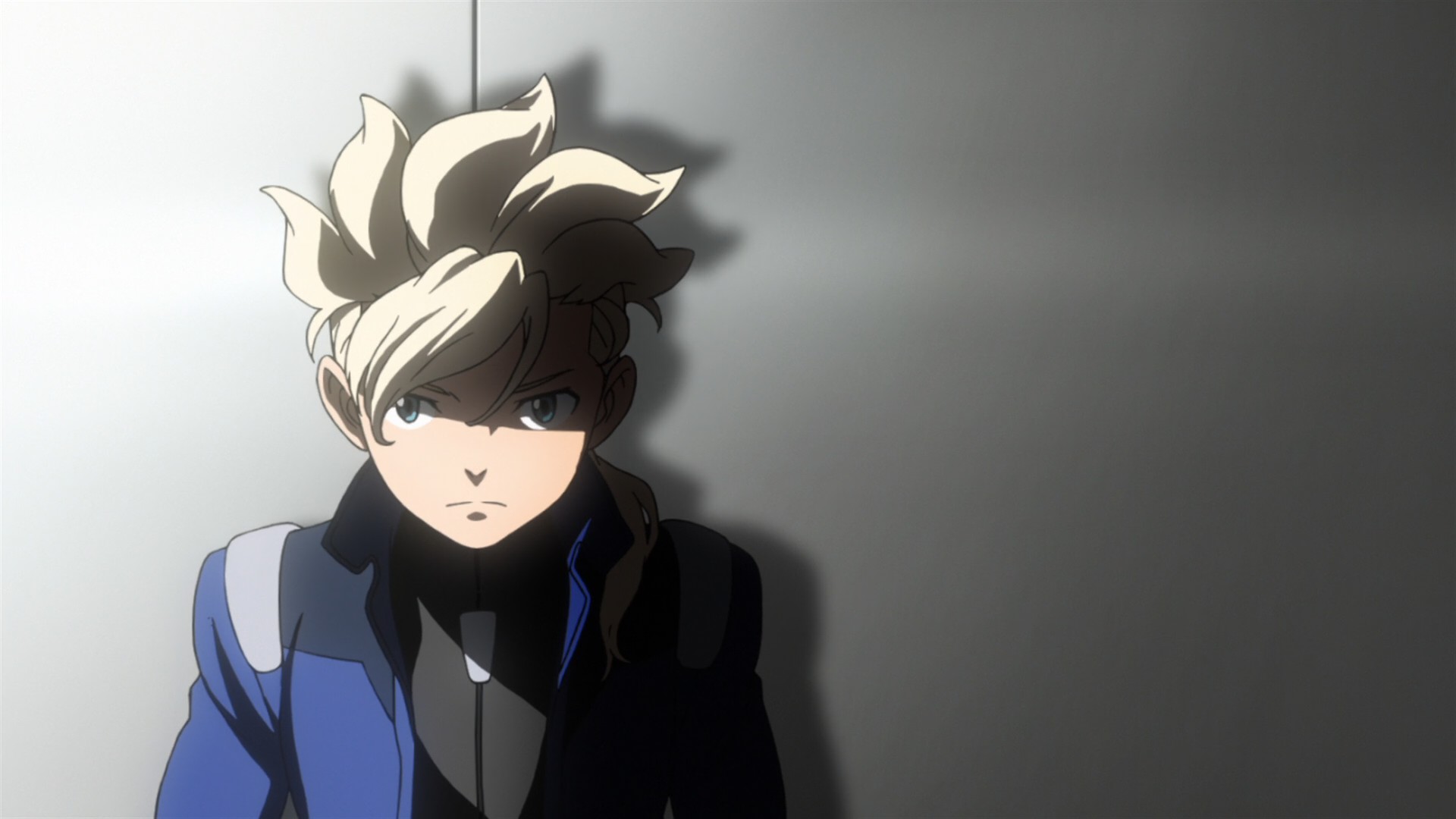
No fancy super abilities, no magical genetic advantages, Asemu established himself as a thorough pilot with extreme ability. And he is more than capable to continue the Gundam’s legacy.
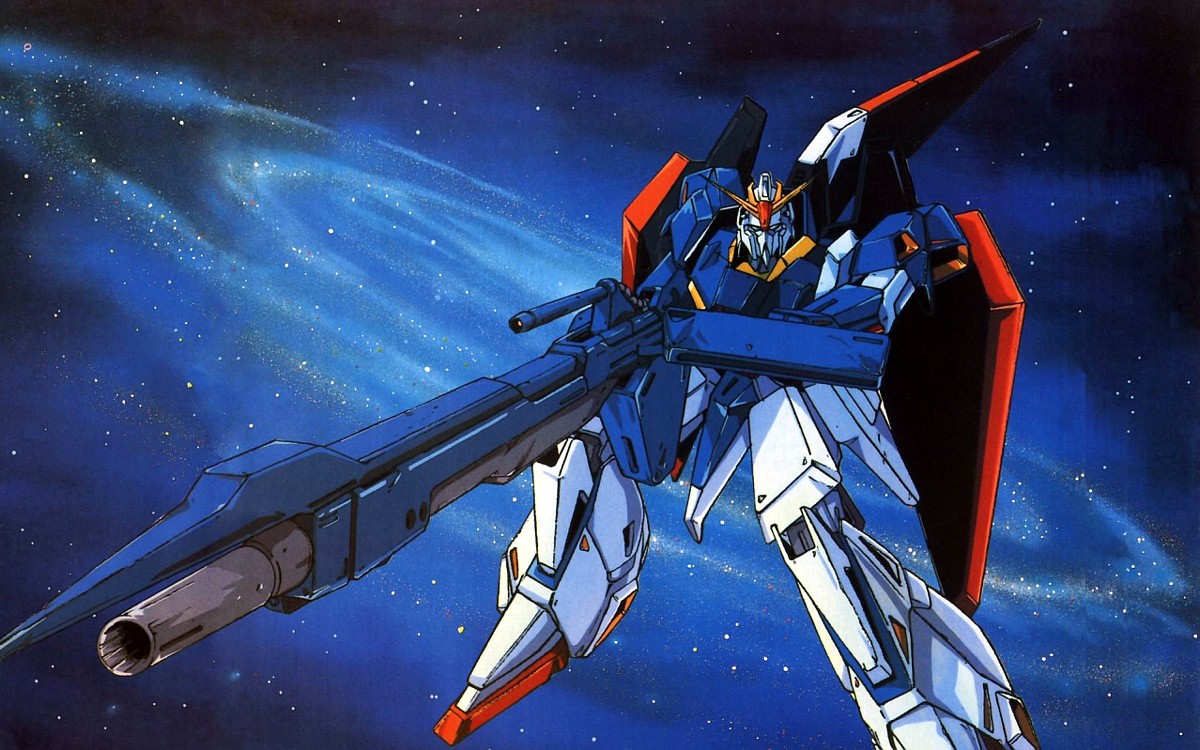
The first transformable Gundam in the franchise. The Zeta Gundam is an iconic mobile suit that paved the way for many Gundams that come after.
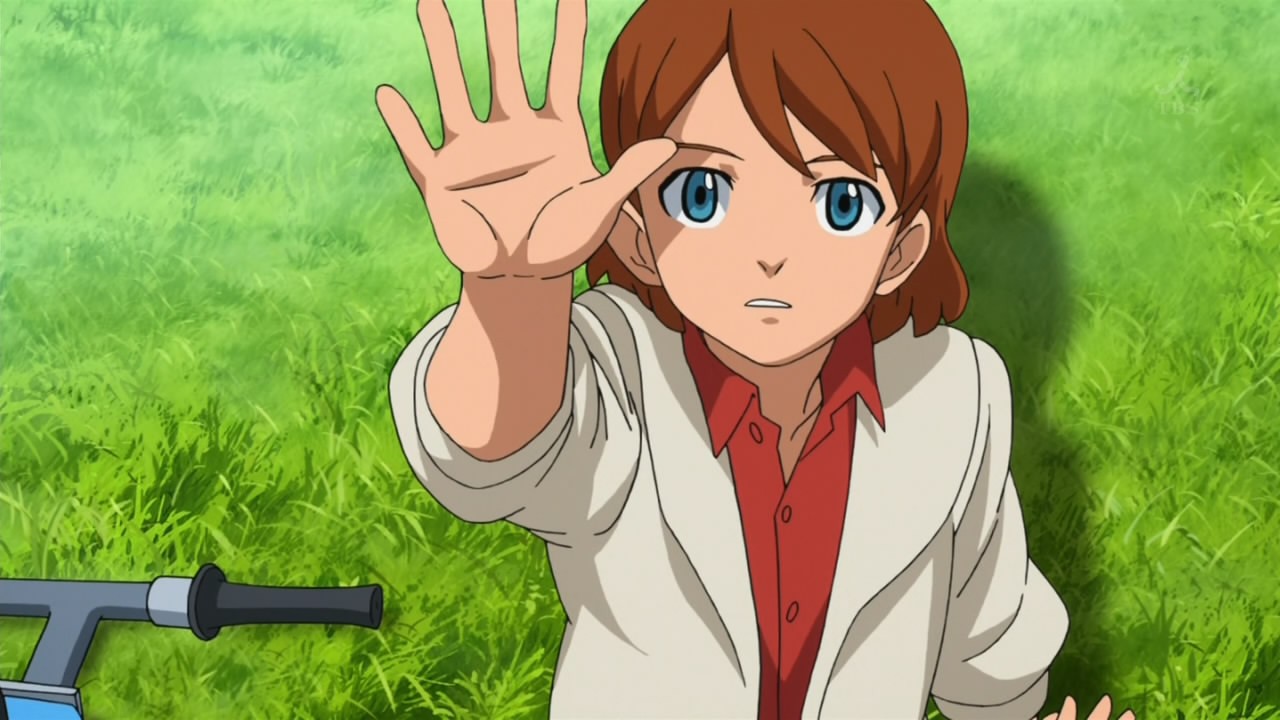
Gundam runs in the family. As Flit’s grandson and Asemu’s son, Kio Asuno follows in his family footstep as he become the ultimate pilot of the 3rd generation.
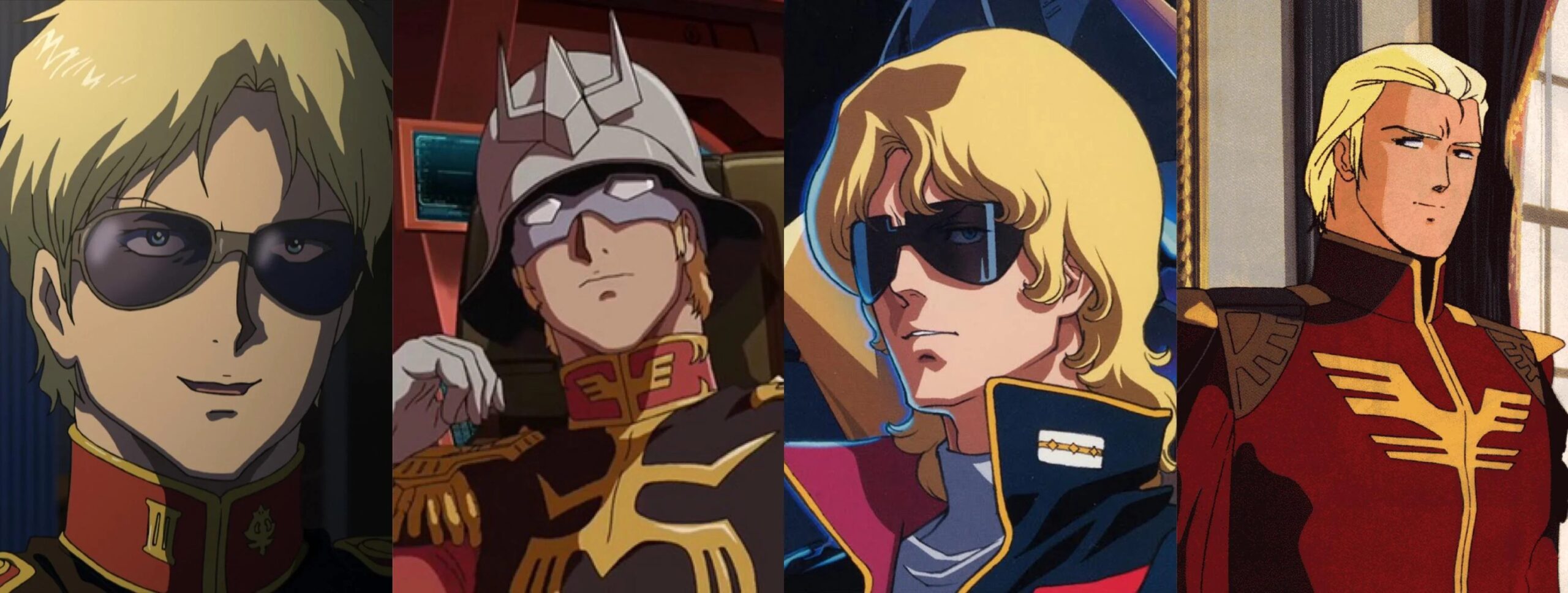
The Red Comet that flies 3x faster than anyone. A man shrouded by mystery and bloodshed. He is Char Aznable of Zeon – or is he…?
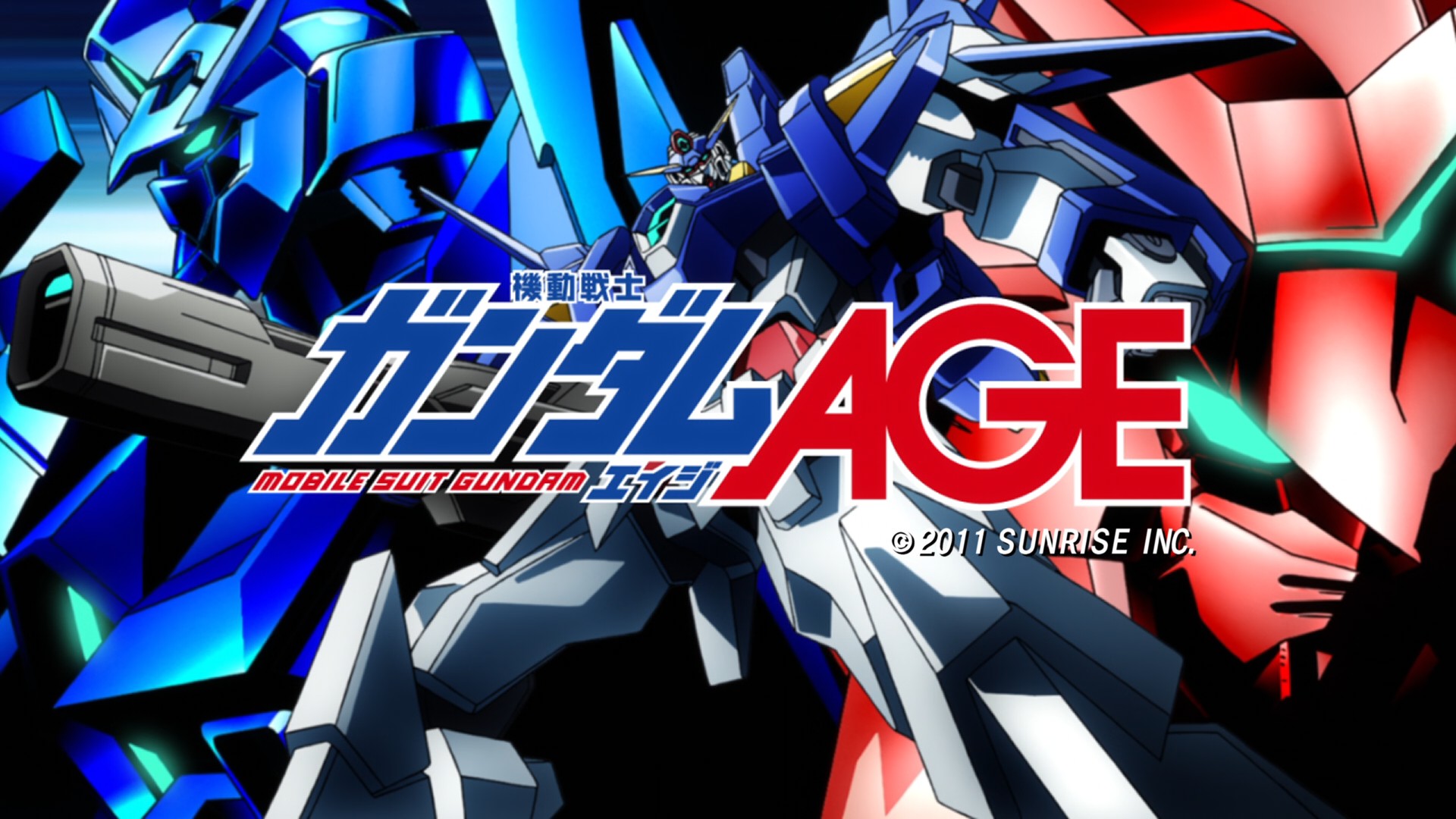
Another change in generation – the Age-3 Gundam continues to be the Asuno family’s ace in the hole, sporting all new gimmick and superior firepower.

The first Gundam pilot that paved the way for the legend of the “White Devil”. Amuro Ray is no doubt the franchise’s most iconic Gundam pilot.

The grandfather of all Gundams – the RX078-2 is a super prototype that paved the way for the Federation’s victory. It is both feared and revered by all.
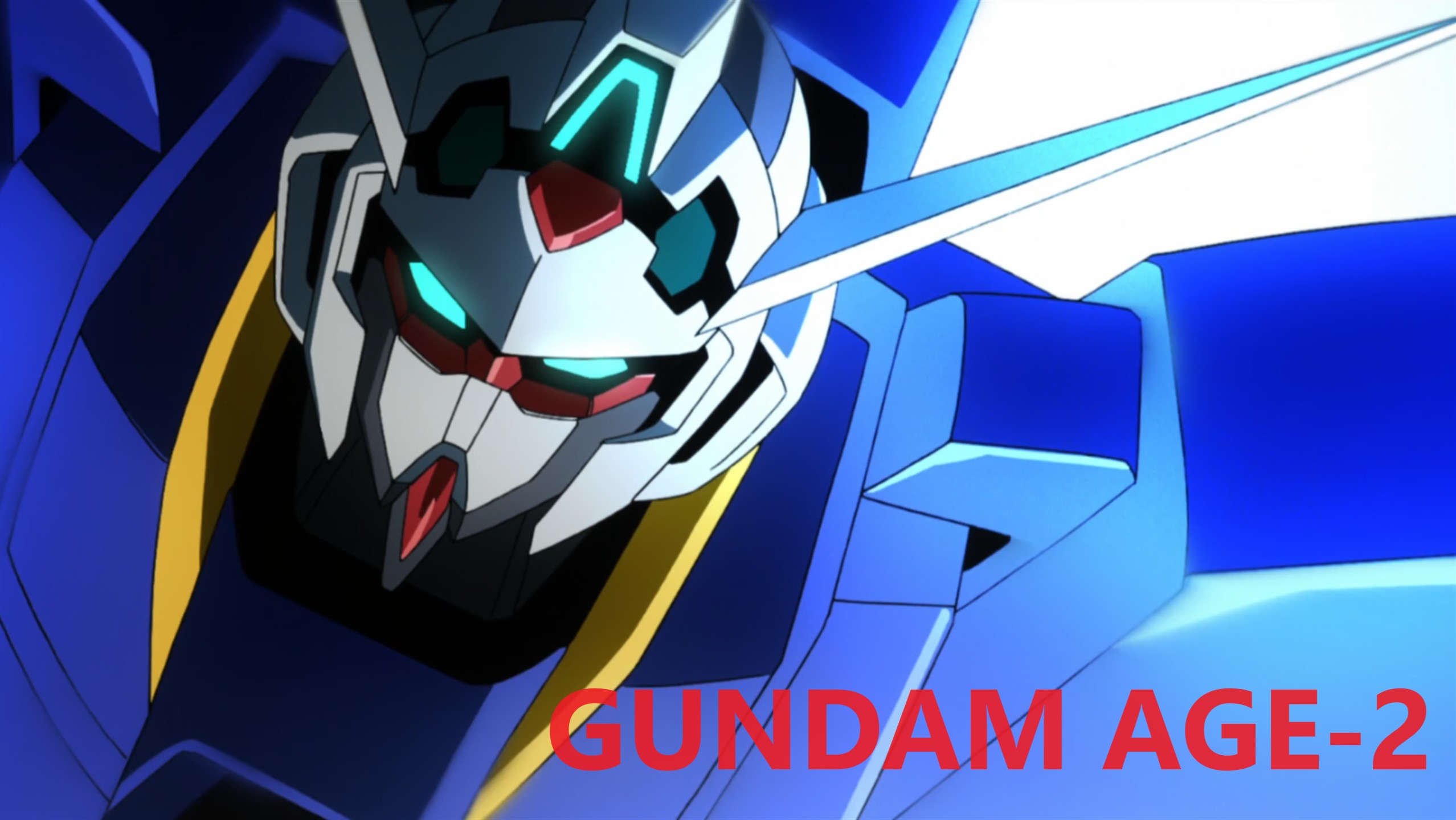
The 2nd generation Gundam, the Age-2 is a straight upgrade with a heavy focus on high mobility and great firepower. A vital element in the war between the Federation and the Vagan.
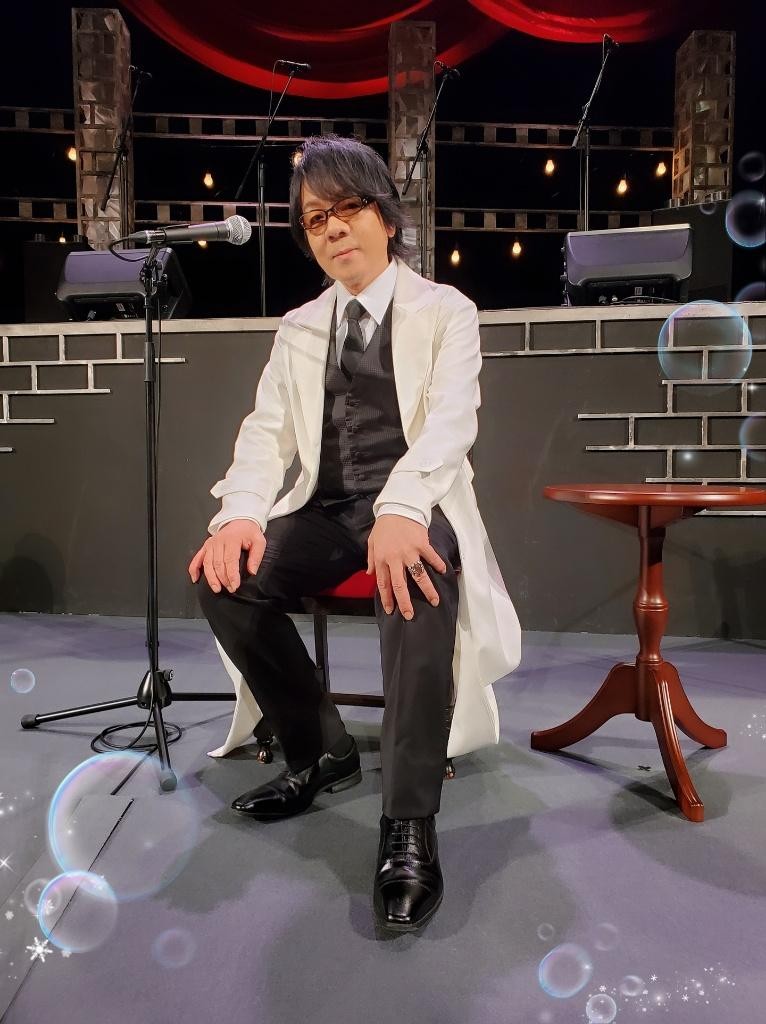
The voice of the best pilots and most gallant gentlemen in mecha, Show Hayami captivate boys and girls alike with his amazing voice acting.
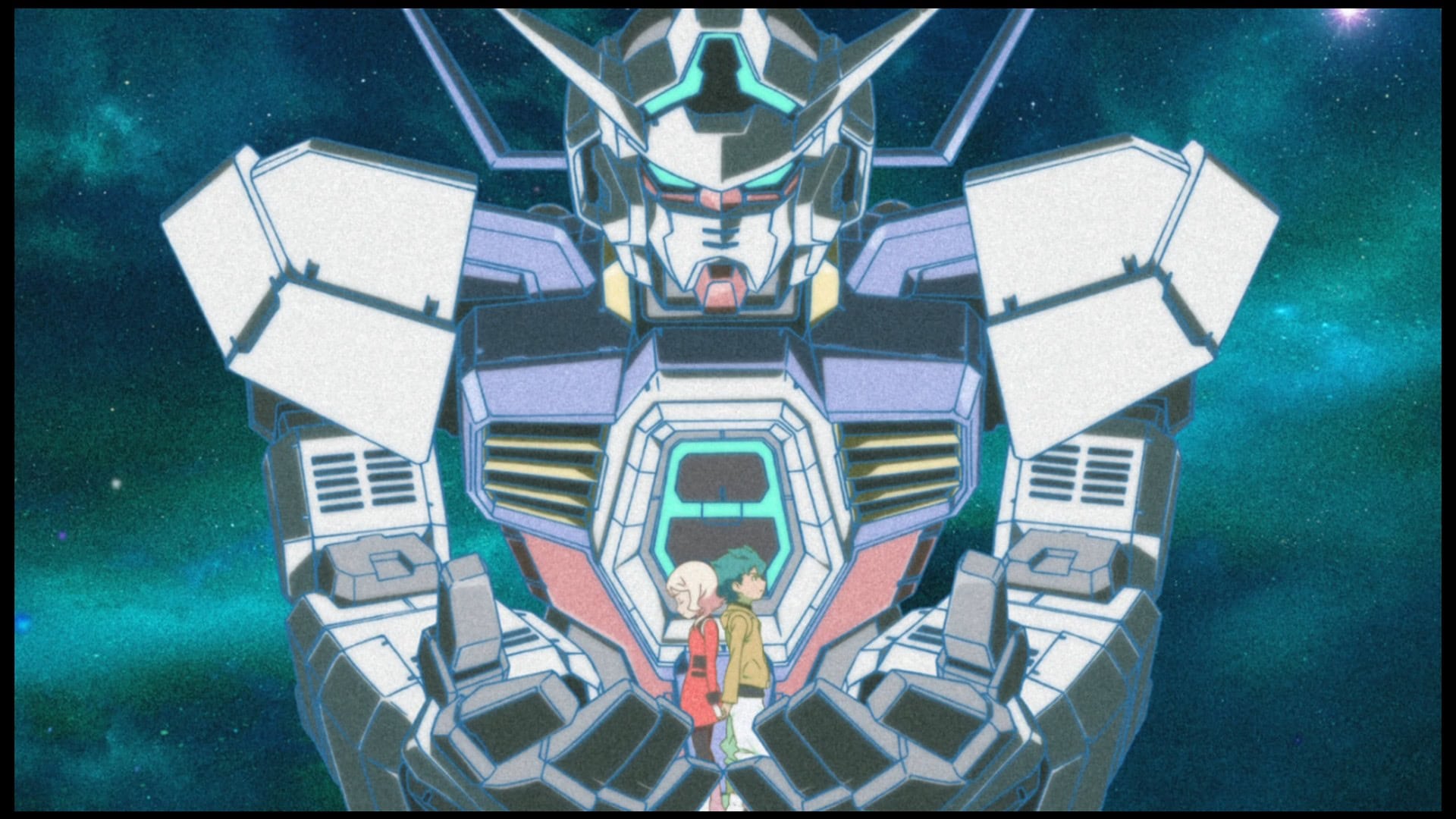
The first generation Gundam of the Advance Generation, the Age-1 Gundam is Flit Asuno’s most trusted partner and has served him for decades.
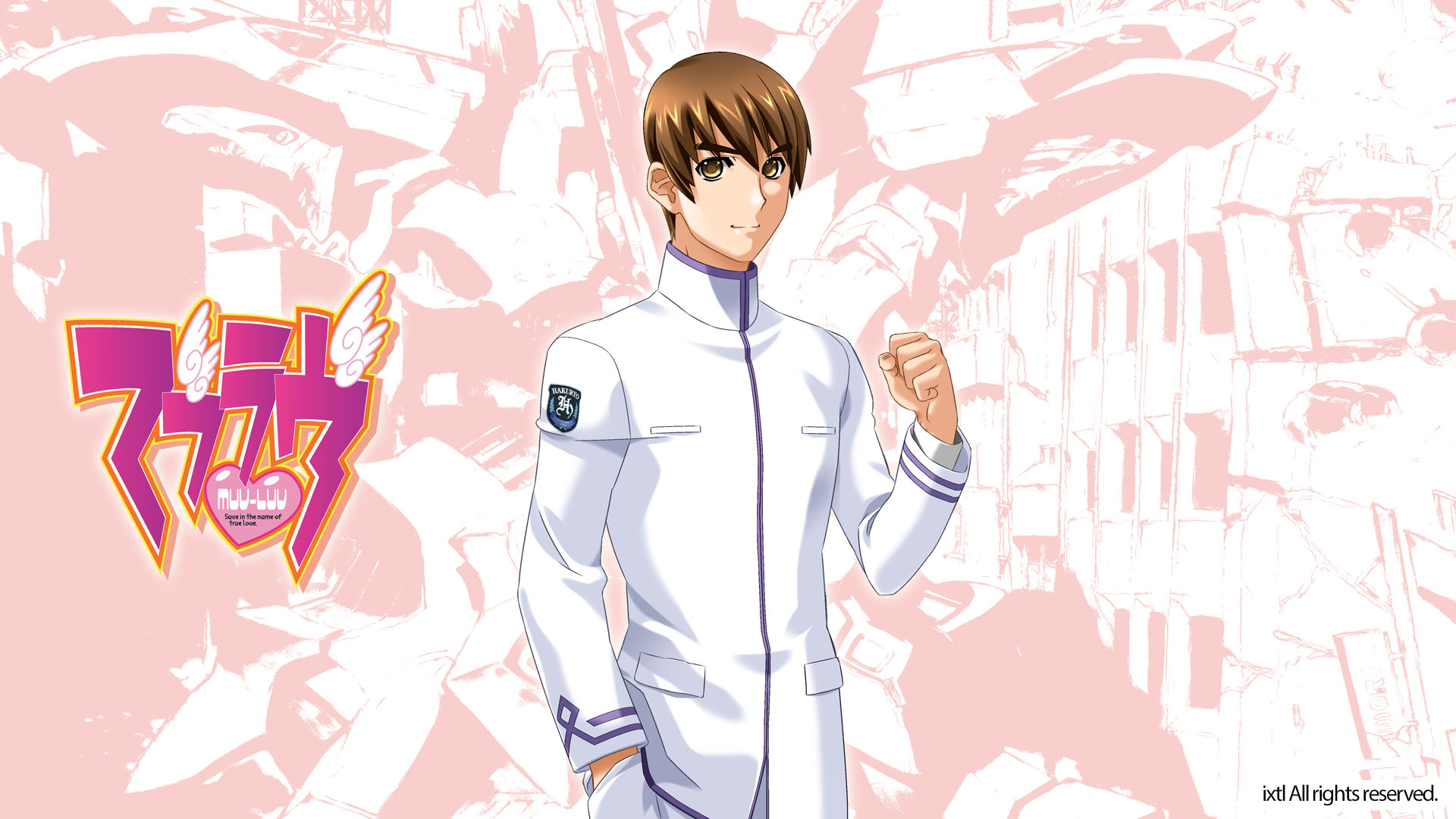
A normal teenage boy thrown into a brutal war for humanity’s survival. Thankfully his gamer skills aid him in becoming one of the best TSF pilot ever!

